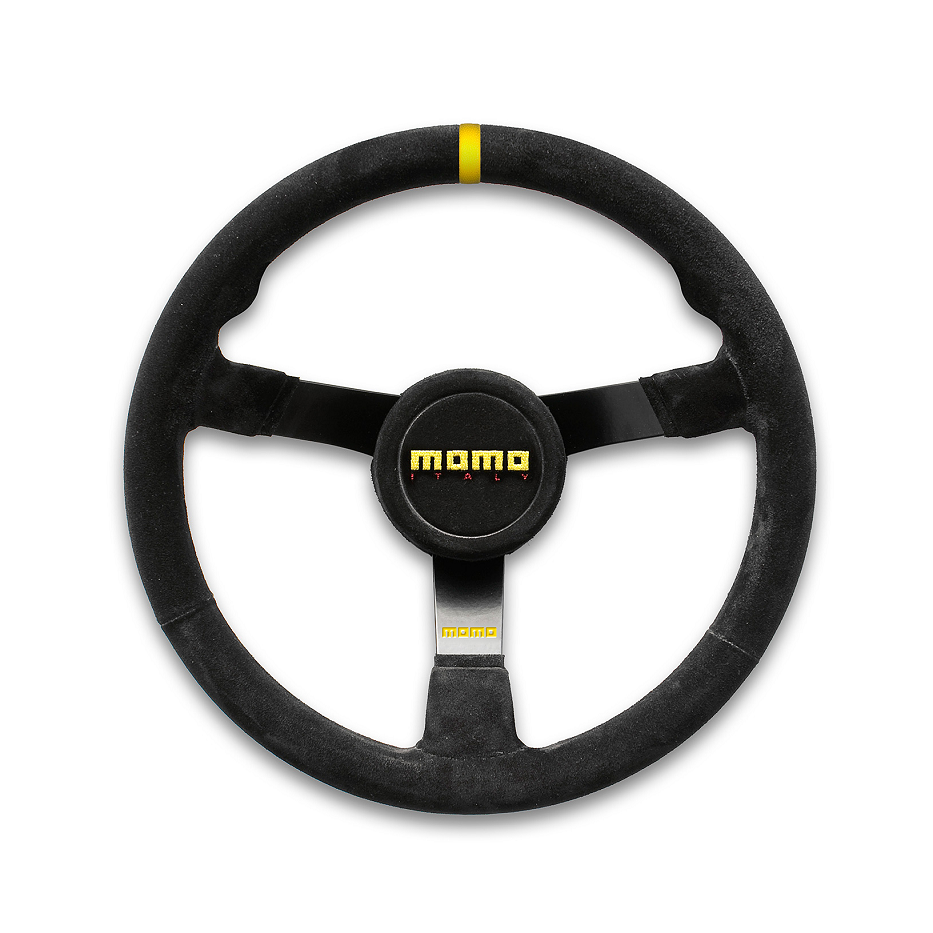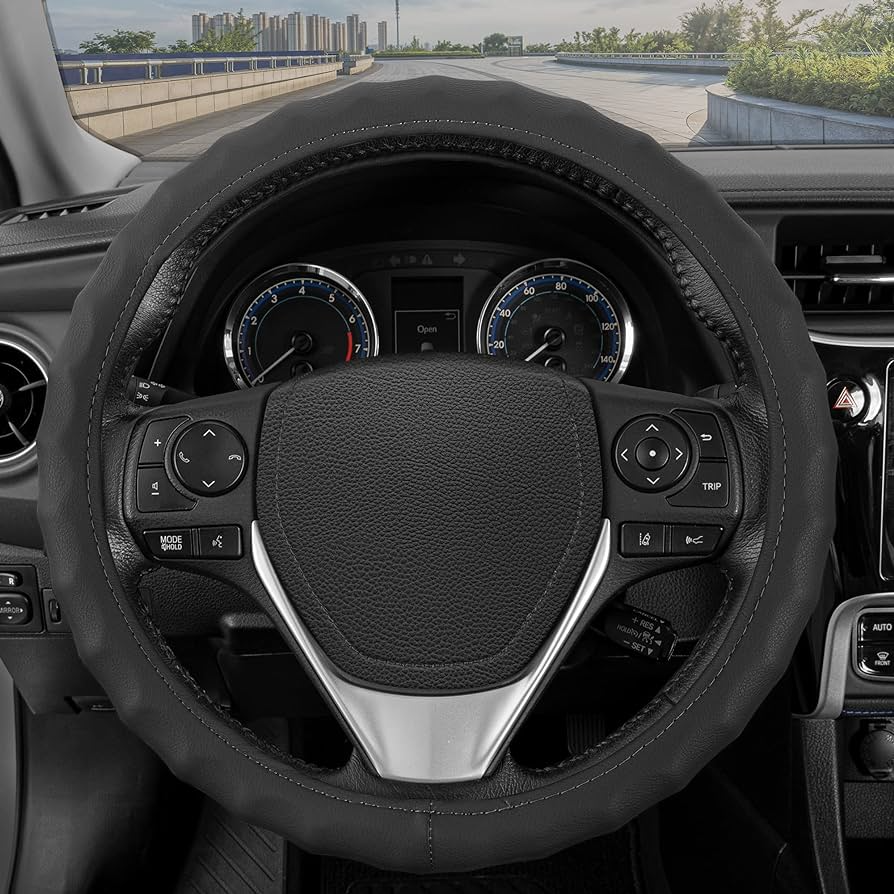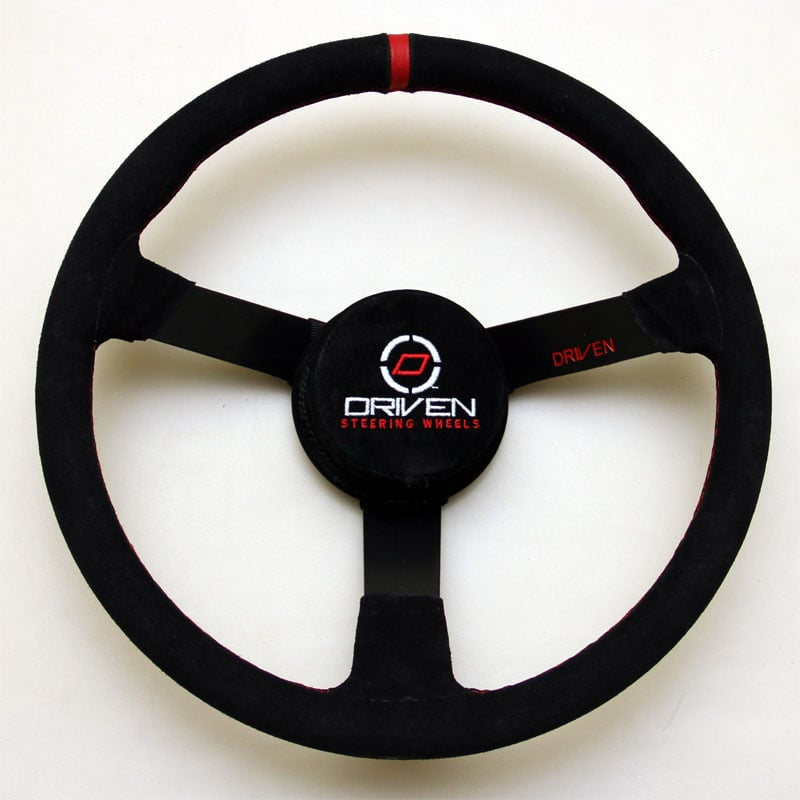Introduction to Car Steering Wheels
Car steering wheels are integral components of any automobile. They provide drivers with control over the vehicle’s direction, and their design has evolved significantly over time. From simple circular designs to advanced multifunctional systems, steering wheels have undergone numerous transformations aimed at enhancing driving comfort and safety. In this article, we will explore the history, design, and technological advancements of steering wheels. We will also discuss their impact on driving experience and safety.
Historical Development of Steering Wheels
Early Designs and Innovations
The earliest cars did not use the modern steering wheels we know today. Instead, they often utilized tillers, similar to a boat’s steering mechanism. The tiller was essentially a lever, directly connected to the front wheels, allowing rudimentary control.
In the early 20th century, the first steering wheels appeared. These wheels were simple, circular, and wooden. They were more precise and comfortable compared to tillers. Subsequently, manufacturers began to standardize the design, and soon steering wheels became a common feature in all vehicles.
Advancements in the 1940s and 1950s
During the 1940s and 1950s, steering wheels started incorporating more features. Horns were integrated directly into the hub of the wheel. Later, turn signals began to be added in the form of stalks mounted on the steering column. These additions made steering wheels more practical and functional, enhancing driver convenience.
The Age of Power Steering
Power steering was a significant milestone in the evolution of steering wheels. Introduced in the mid-20th century, it drastically reduced the physical effort required to steer. This was achieved through hydraulic systems that multiplied the force applied by the driver. Vehicles became easier to handle, especially during low-speed maneuvers and parking. As power steering systems improved, they became a standard feature in most cars.
Modern Steering Wheels: Design and Technology
Multifunctional Steering Wheels
Modern steering wheels are complex systems designed to increase driver engagement and safety. A significant development has been the multifunction steering wheel. These wheels integrate various controls, allowing drivers to manage different functions without taking their hands off the wheel. Volume control, cruise control, phone connectivity, and voice command buttons are commonly found on these wheels.
Material and Ergonomics
The materials used in steering wheel construction have also evolved. Early wooden designs gave way to plastic, rubber, and leather-wrapped wheels. High-end cars might even feature wheels made with exotic materials like carbon fiber or Alcantara. Manufacturers focus on ergonomics, ensuring that wheels are comfortable to grip and easy to maneuver. Adjustable steering columns, allowing customization for both tilt and telescopic adjustments, are now commonplace, enhancing driver comfort further.
Steering Wheels and Safety
One of the most critical advancements in steering wheel technology is their role in safety systems. Modern steering wheels are designed to house airbags, which are essential safety features in the event of a collision. They are engineered to deploy airbags effectively while maintaining structural integrity. Additionally, sensors embedded in the steering wheel help monitor the driver’s grip and can assist in driver alert systems, which enhance overall vehicle safety.
The Role of Steering Wheels in Advanced Driver Assistance Systems (ADAS)
Integration with ADAS
Steering wheels play a crucial role in Advanced Driver Assistance Systems (ADAS). These systems are designed to improve vehicle safety and driving ease. Features like lane-keeping assist depend on the steering wheel’s sensors and control mechanisms. When the system detects that the vehicle is drifting out of the lane, it can apply a small amount of steering force to guide the car back into its lane.
Automated and Autonomous Driving
The advent of automated and autonomous driving technologies has further transformed steering wheels. Some modern cars already feature steering wheels that can adjust their position or even retract when in autonomous driving mode. This provides the driver with more space and comfort when they are not actively controlling the vehicle. However, in the transition from autonomous to manual driving, the steering wheel reasserts its traditional role, ensuring the driver can quickly and safely regain control.
Communication and Feedback
Modern steering wheels also offer haptic feedback. They can vibrate or provide resistance to give the driver information without distracting them. For instance, in a lane departure warning system, the wheel might gently vibrate to indicate that the vehicle is veering off course. Such tactile feedback helps in keeping the driver informed and focused, contributing to a safer driving experience.
The Aesthetic and Customization of Steering Wheels
Customized Designs
Steering wheels are not just functional; they are also a reflection of a vehicle’s aesthetic and the driver’s personality. Customization options abound, from different materials and colors to bespoke designs that match the car’s interior trim. For car enthusiasts, a customized steering wheel can significantly enhance the driving experience.
Branding and Identity
The design of a steering wheel often carries a brand’s identity. Luxury car brands, like Ferrari or Porsche, incorporate unique styling elements into their steering wheels, making them instantly recognizable. These designs often include the brand’s logo prominently displayed on the wheel’s hub, reinforcing the vehicle’s premium nature.
Influence of Motorsports
Motorsports have had a significant influence on the design of modern steering wheels. Racing cars require precise control and feedback, which has led to innovations in the way steering wheels are designed and used. For instance, paddle shifters, commonly found in high-performance road cars today, originated from racing cars. These allow drivers to change gears without taking their hands off the wheel, improving performance and safety.
Future of Steering Wheels: Beyond the Traditional Stow
Gesture Controls and Touchscreens
The future of steering wheels may see the integration of gesture controls and touchscreens. These advancements could allow drivers to access and control a range of car functions through simple gestures or touch inputs. Such features would revolutionize the driving interface, making it more intuitive and reducing the need for physical buttons.
Biometric Integration
Biometric technology is another frontier for steering wheels. Future designs might include fingerprint sensors or other forms of biometric identification. This would enhance vehicle security by ensuring that only authorized individuals can start and drive the car. Additionally, biometric sensors can monitor the driver’s health, detecting signs of fatigue or stress and alerting them to take a break if necessary.
The Modular Steering Wheel
Another interesting concept is the modular steering wheel. This design would allow the steering wheel to be adjusted or reconfigured based on the driver’s preferences or the specific driving situation. For example, a sports mode could make the wheel more responsive and provide real-time performance feedback, while a comfort mode could focus on ease of control and reduced input sensitivity.
Impact on Driving Experience and Safety
Enhanced Driving Dynamics
The advancements in steering wheel technology have significantly improved driving dynamics. Features such as electric power steering systems allow for precise control and better road feedback. This means that drivers can enjoy a more engaging and responsive driving experience. Additionally, advanced steering systems such as rear-wheel steering in high-performance vehicles enhance maneuverability and stability.
Improved Driver Comfort
Modern steering wheels are designed with driver comfort in mind. Ergonomically shaped and covered with comfortable materials, they reduce fatigue during long drives. The addition of heating elements in some steering wheels also contributes to comfort, especially in colder climates.
Safety Enhancements
Safety remains a paramount concern in the design of steering wheels. Integration with advanced driver assistance systems ensures that steering wheels play a crucial role in maintaining vehicle safety. Lane-keeping assist, autonomous emergency braking, and other safety features rely on precise steering control. Moreover, the presence of airbags within the steering wheel hub has saved countless lives in collisions.
Conclusion
Car steering wheels have come a long way from their simple beginnings. They have evolved into sophisticated, multifunctional components that contribute significantly to driving comfort, control, and safety. As technology continues to advance, we can expect car steering wheels to become even more innovative. They will likely integrate more advanced features, further enhancing the driving experience. From controlling a vehicle’s direction to housing essential safety systems, car steering wheels are a vital part of modern automobiles. Their continued evolution promises to make driving safer, more comfortable, and more enjoyable for all.



